Exploring the Intricate Designs of Sepedi Traditional Dresses
Exploring the Intricate Designs of Sepedi Traditional Dresses
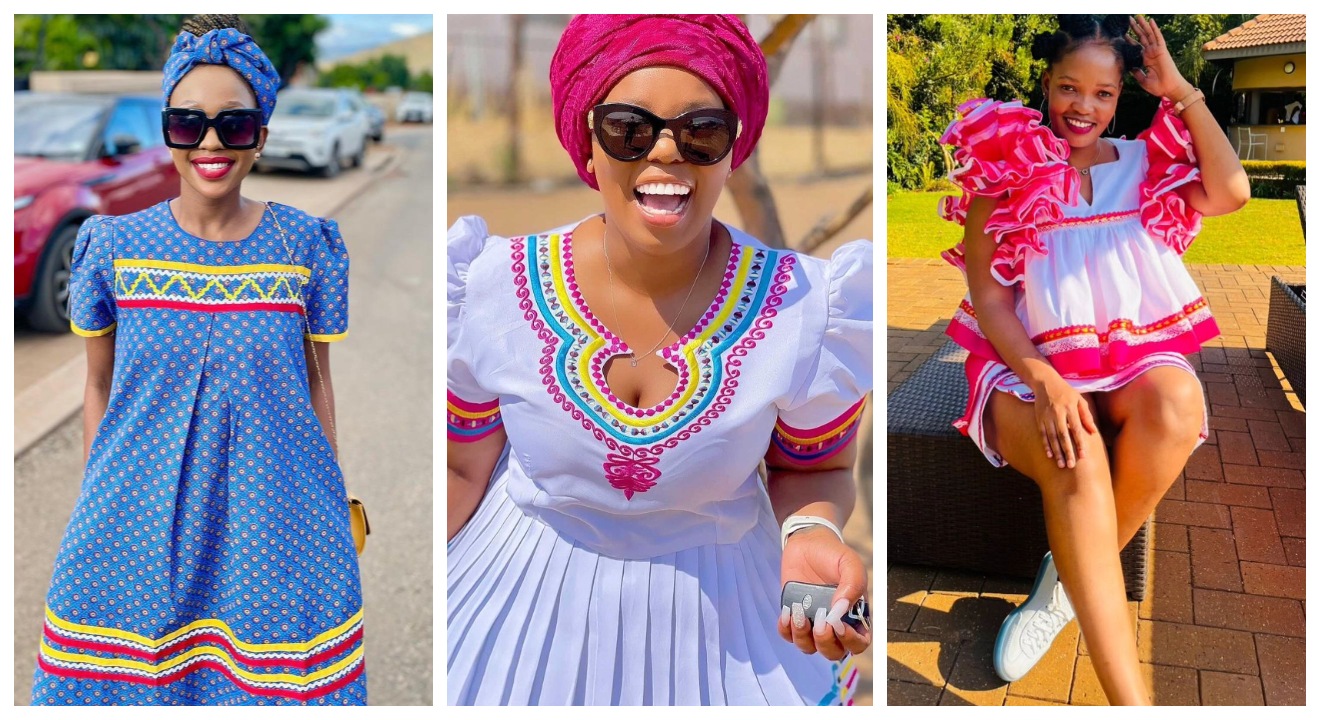
Introduction
Sepedi traditional dresses are not only beautiful but also carry significant cultural and heritage value. These dresses showcase the rich history and traditions of the Sepedi people, highlighting their unique style and craftsmanship. From the vibrant colors to the intricate designs, Sepedi traditional dresses are a true work of art that celebrates their cultural identity.
The beauty and significance of Sepedi traditional dresses
Sepedi traditional dresses are known for their stunning beauty and attention to detail. The vibrant colors and patterns used in these dresses reflect the lively spirit and joy of the Sepedi people. Each dress is carefully crafted with intricate beadwork, embroidery, and unique fabric choices. These dresses are not just garments; they are a statement of pride in the Sepedi culture and a way to connect with their ancestors.
Preservation of cultural heritage through intricate designs
The intricate designs found in Sepedi traditional dresses play a vital role in preserving the cultural heritage of the Sepedi people. These designs often feature symbols and motifs that have been passed down through generations, representing important aspects of Sepedi culture and history. By wearing and cherishing these dresses, the Sepedi people keep their traditions alive and pass them on to future generations. The intricate designs serve as a reminder of the importance of cultural identity and the value of preserving it.
In conclusion, Sepedi traditional dresses are not just garments, but a way to celebrate and preserve the rich cultural heritage of the Sepedi people. Through their beauty and intricate designs, these dresses represent a connection to the past and a celebration of Sepedi identity.

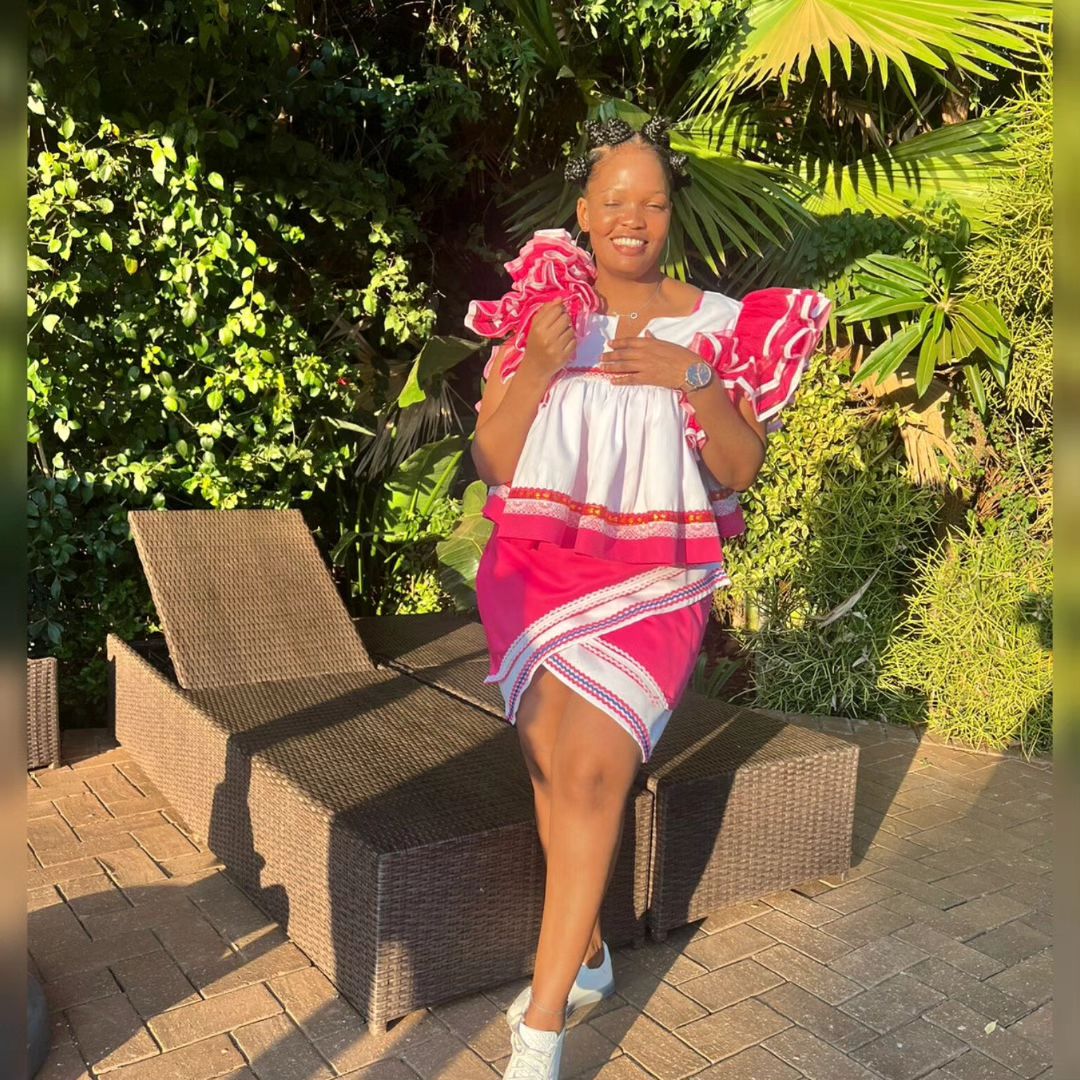
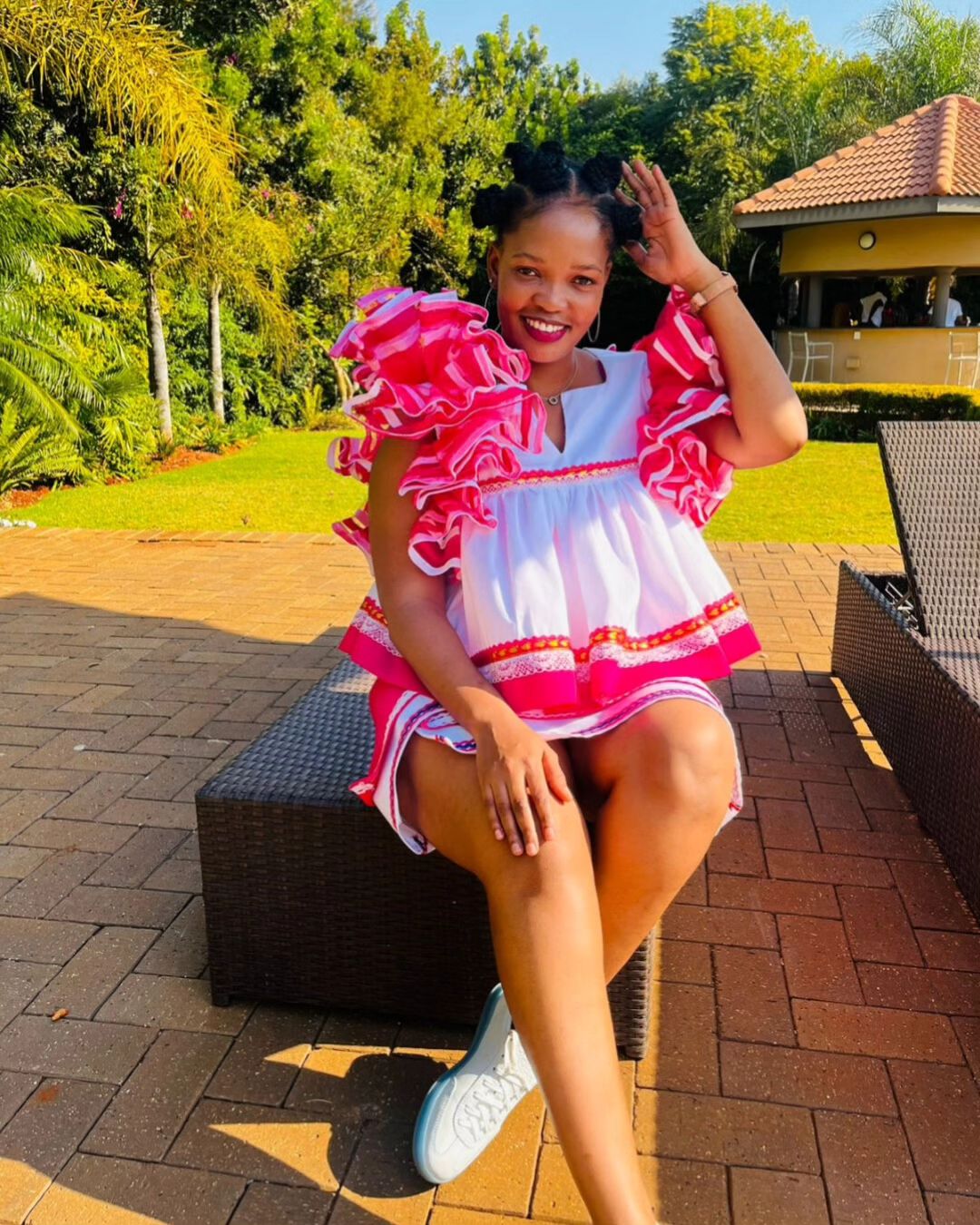
Traditional Dress Elements
Vibrant colors and patterns in Sepedi dresses
Sepedi traditional dresses are characterized by their vibrant colors and intricate patterns. These dresses often feature bold and eye-catching combinations of colors such as red, blue, green, yellow, and orange. These vibrant hues reflect the lively spirit and joyous nature of the Sepedi people. The patterns used in the dresses are also significant, with geometric shapes, floral motifs, and intricate detailing being common elements. The colors and patterns of Sepedi dresses not only make them visually striking but also serve as a representation of the cultural identity and celebration of the Sepedi people.

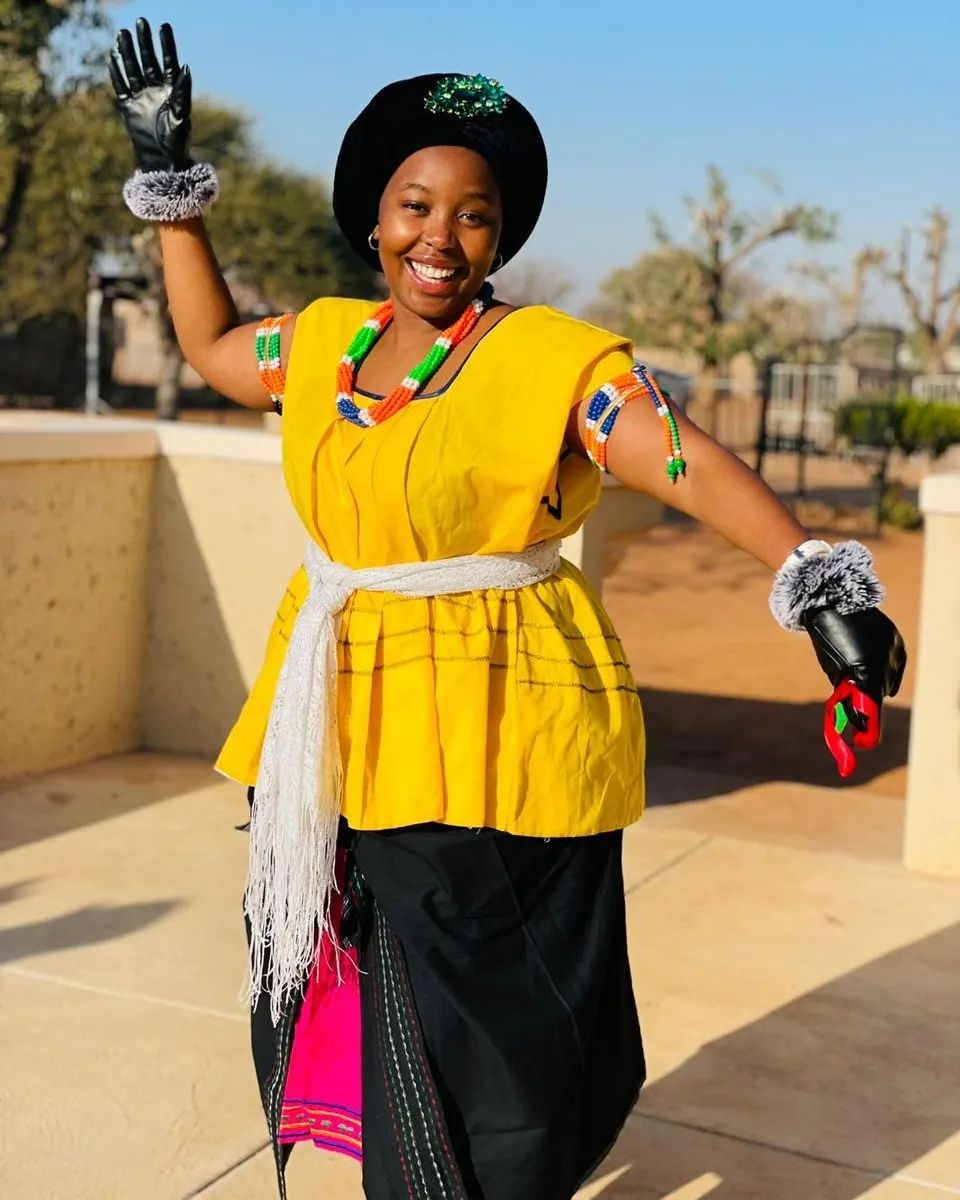

Symbolic meanings behind the designs
Each design element in Sepedi traditional dresses carries its own symbolic meaning. The intricate beadwork, embroidery, and fabric choices often convey messages about the wearer’s status, age, and even marital status within the Sepedi community. For example, certain patterns may be associated with fertility, love, or protection from evil spirits. Other designs may represent cultural stories, traditions, or important events in Sepedi history. The symbolic meanings behind the designs add depth and significance to the Sepedi traditional dresses, making them more than just garments but a representation of cultural heritage and pride.
In conclusion, Sepedi traditional dresses are not only visually stunning but also imbued with cultural significance. The vibrant colors and patterns reflect the spirit of the Sepedi people, while the intricate designs carry symbolic meanings that connect wearers to their cultural heritage. Exploring the intricate designs of Sepedi traditional dresses is a journey into the rich history and traditions of the Sepedi community, showcasing their unique style and craftsmanship.
Different Styles of Sepedi Traditional Dresses
When it comes to exploring the intricate designs of Sepedi traditional dresses, there are different styles to consider. These dresses serve various purposes and are worn for specific occasions or as everyday garments for cultural expression. Let’s dive into the different styles:
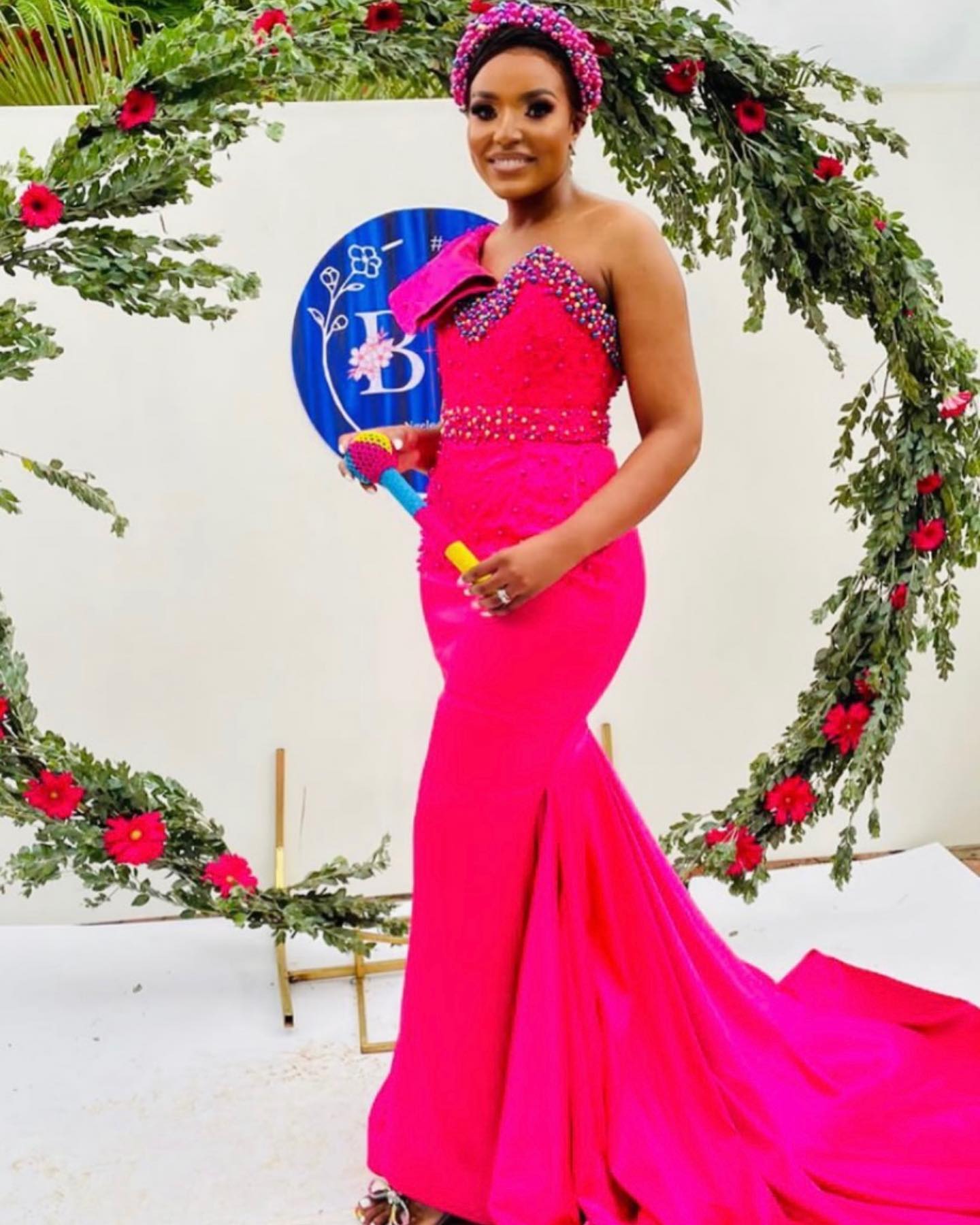
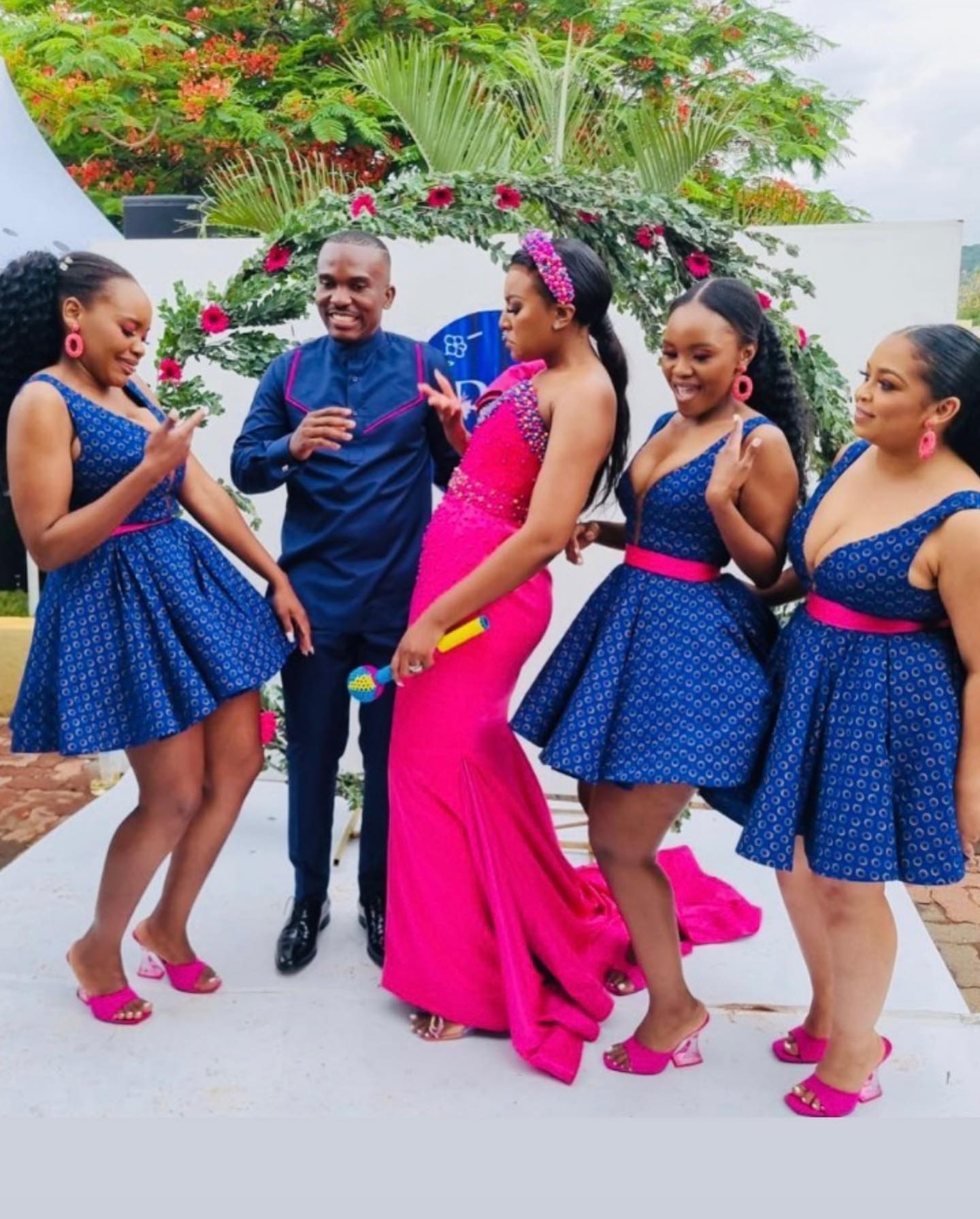
Celebration attire for special occasions
Sepedi traditional dresses are often worn during special celebrations and events. These dresses are characterized by their elaborate designs, vibrant colors, and intricate beadwork. The attention to detail in these dresses showcases the craftsmanship and artistry of the Sepedi culture. The celebration attire is a symbol of joy and pride, allowing wearers to express their cultural identity in a unique and visually stunning way.
Everyday garments for cultural expression
In addition to the celebration attire, Sepedi traditional dresses also serve as everyday garments for cultural expression. These dresses are more simplistic in design but still feature the vibrant colors and patterns that are characteristic of Sepedi culture. Wearing these dresses on a daily basis allows individuals to celebrate and embrace their cultural heritage while showcasing their personal style.
Overall, exploring the intricate designs of Sepedi traditional dresses is an opportunity to delve into the beauty and significance of this rich cultural tradition. Whether it’s for special occasions or everyday wear, these dresses represent a unique blend of art, storytelling, and cultural identity.
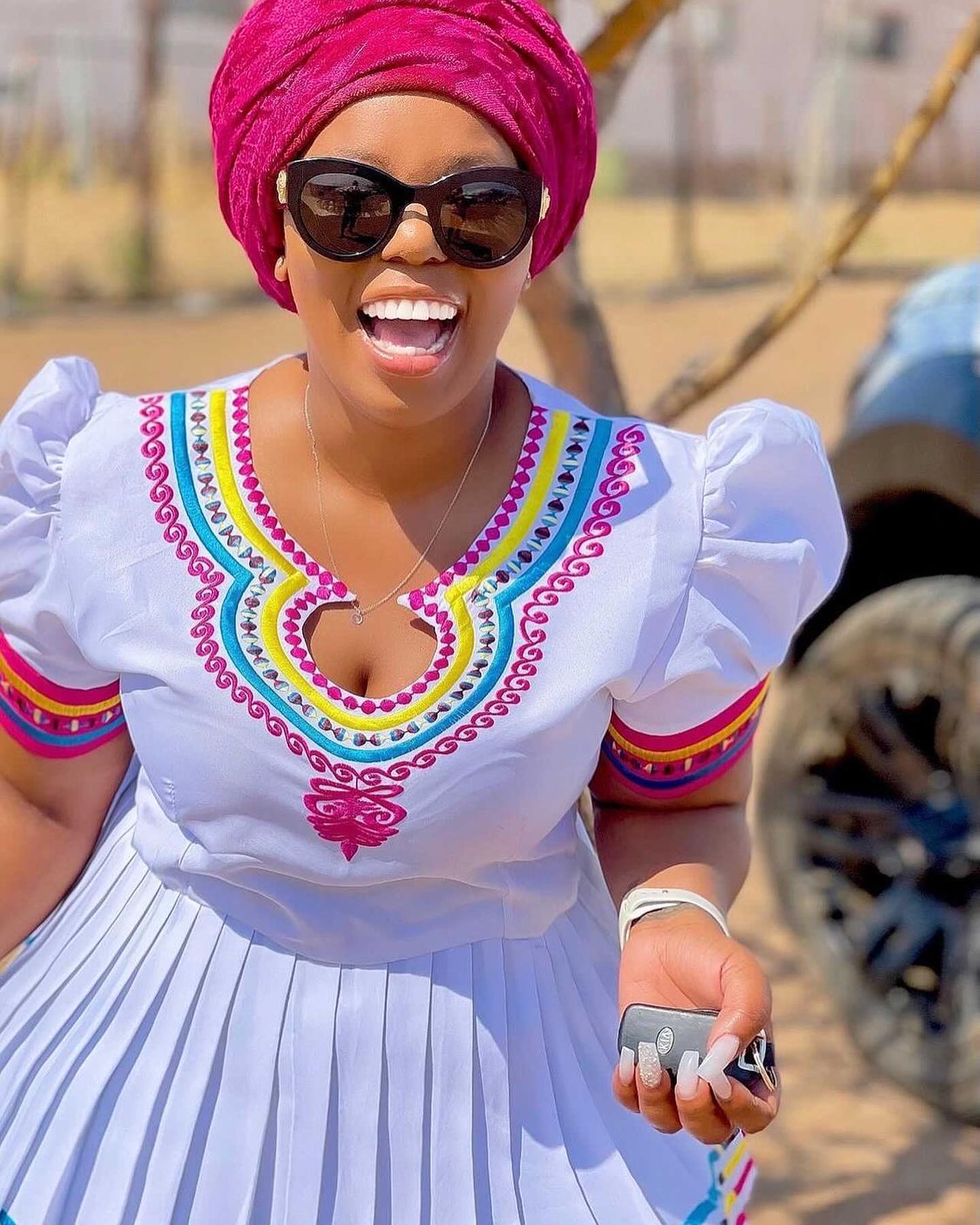
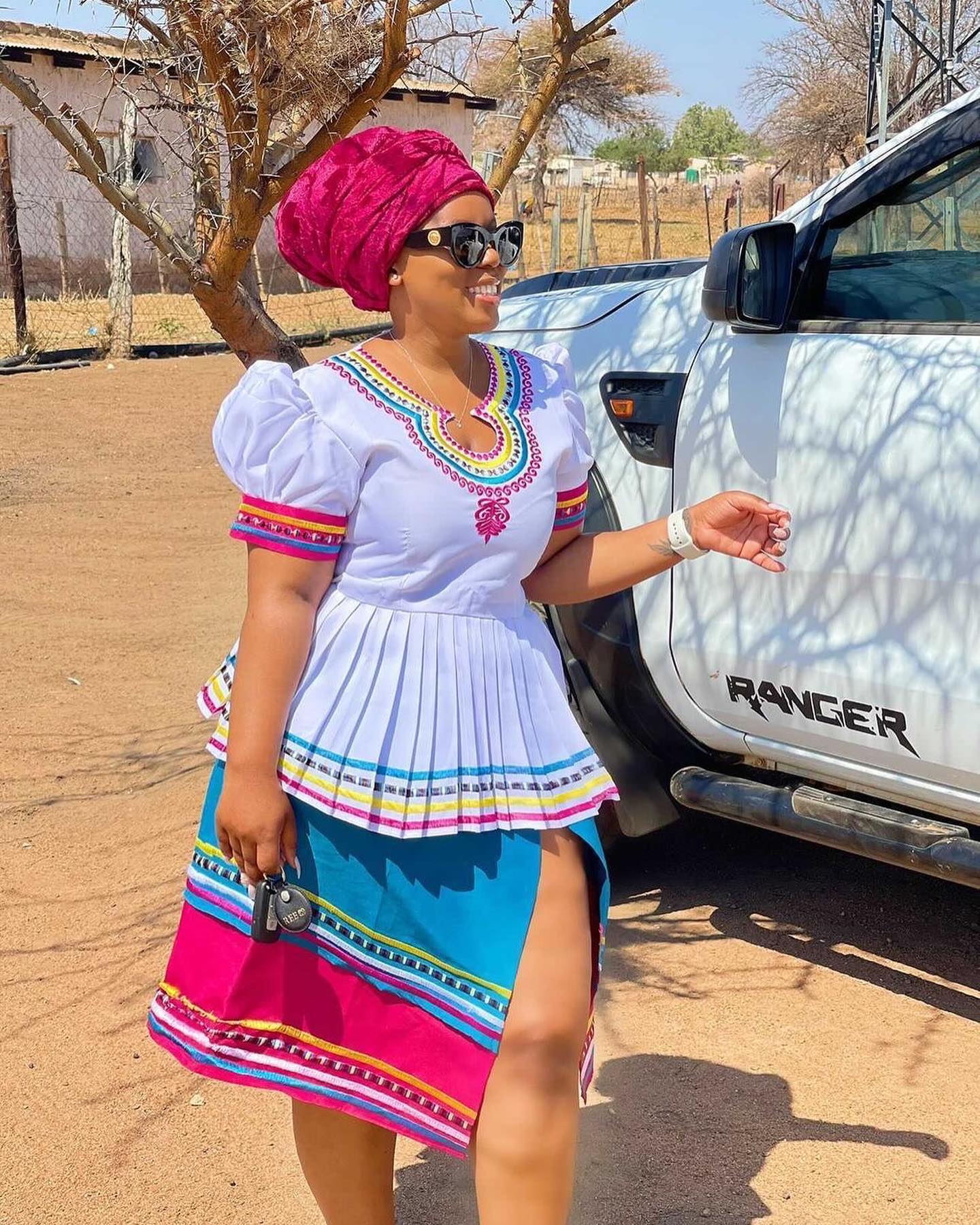
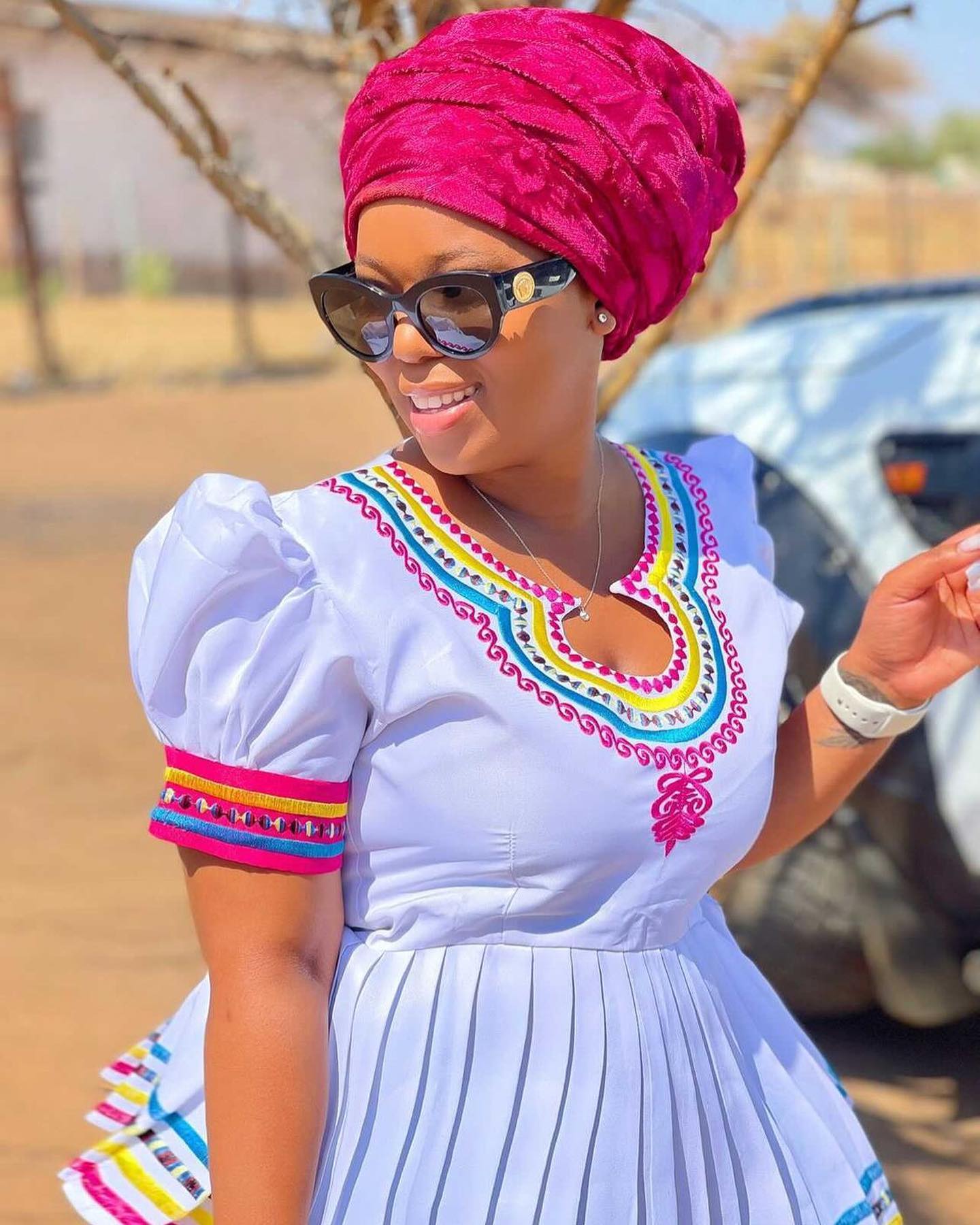
Techniques and Materials Used
When it comes to exploring the intricate designs of Sepedi traditional dresses, one cannot overlook the techniques and materials used in creating these stunning garments. From handcrafted beading and embroidery techniques to traditional fabrics and adornments, each element adds to the richness and beauty of Sepedi cultural expression.
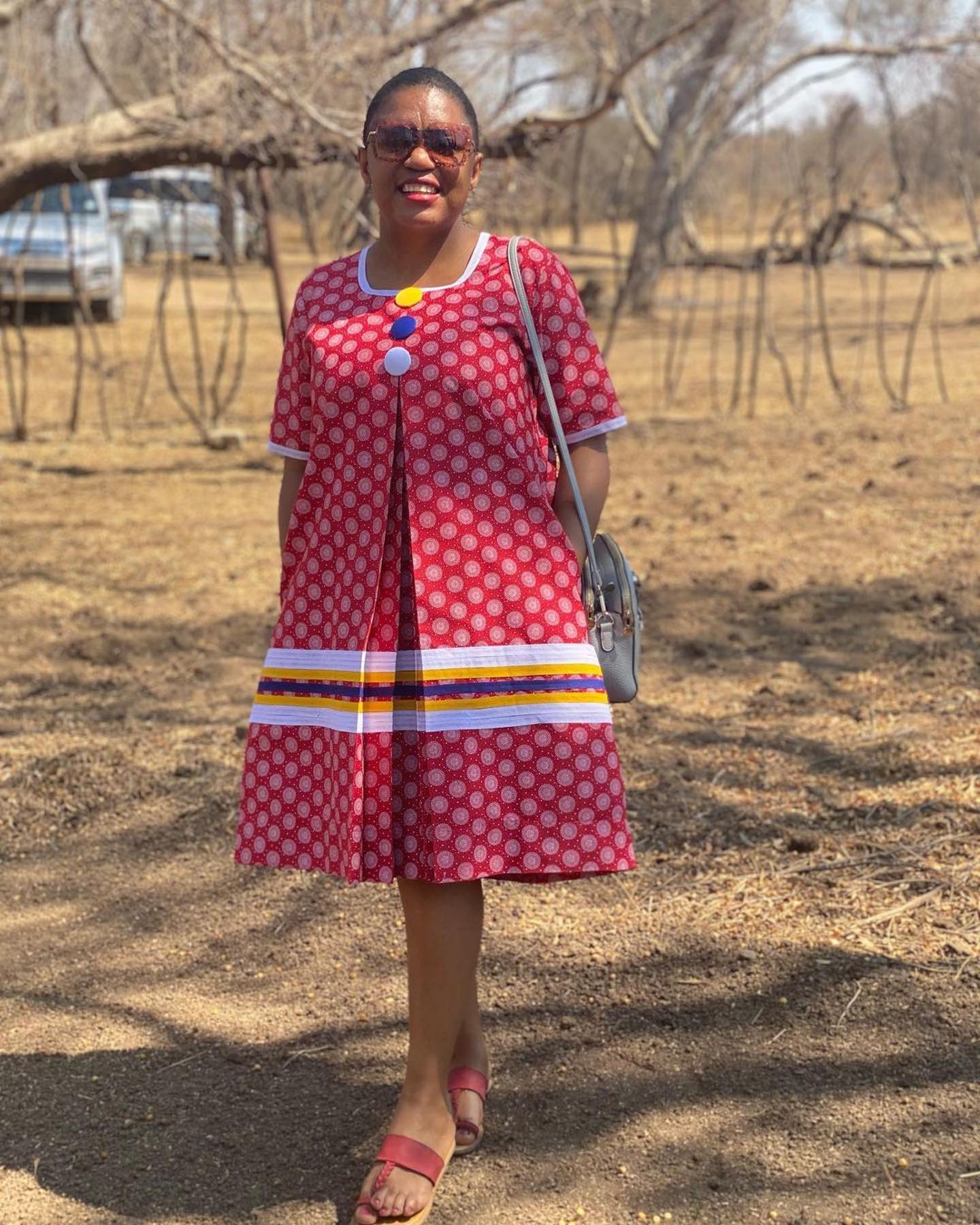
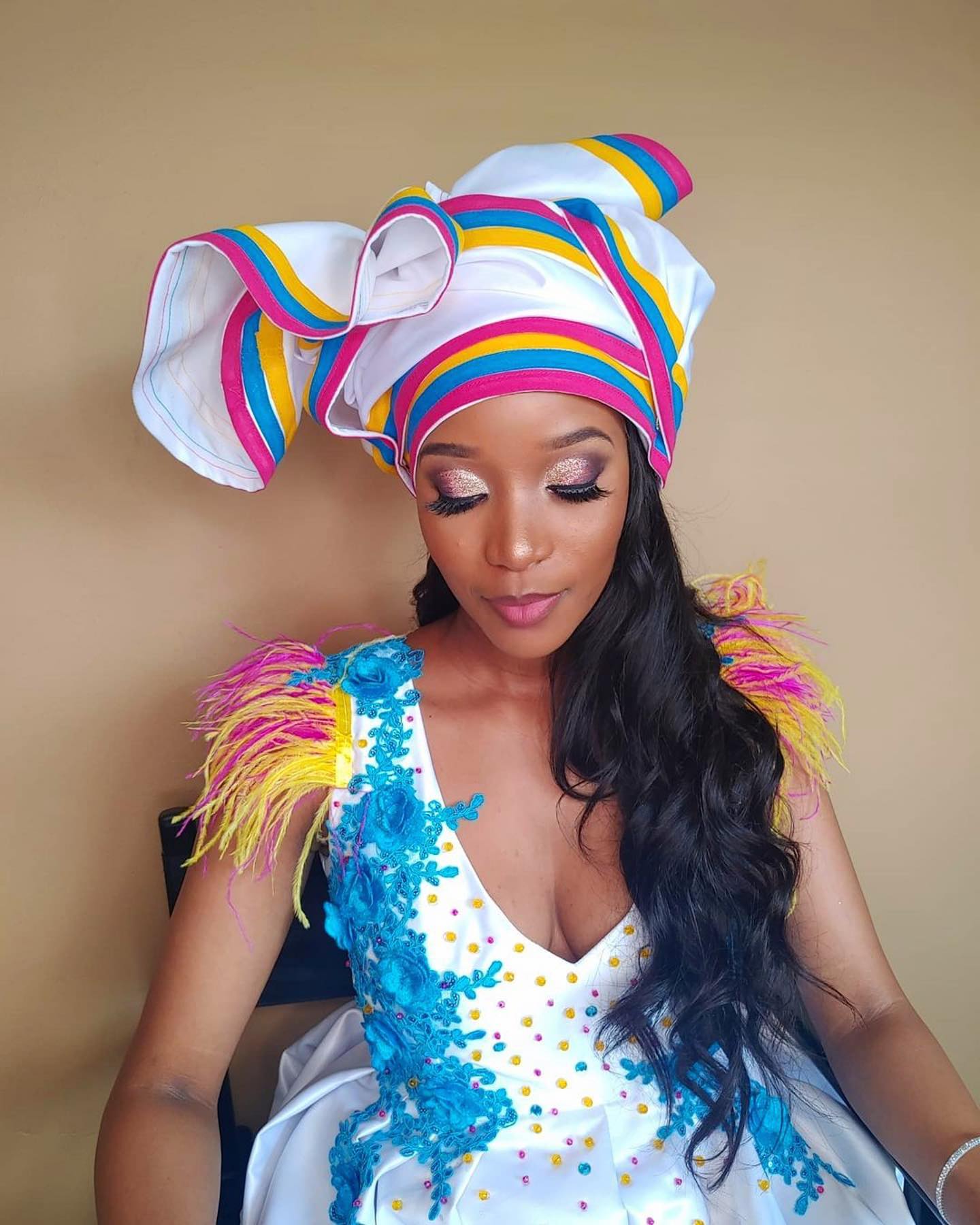
Handcrafted Beading and Embroidery Techniques
One of the defining features of Sepedi traditional dresses is the intricate beadwork and embroidery that adorns them. Skilled artisans meticulously handcraft these beautiful designs, using a variety of bead sizes, colors, and patterns. Each bead is carefully stitched onto the fabric, creating elaborate motifs and patterns that reflect the cultural heritage and symbolism of the Sepedi people. This craftsmanship not only adds visual appeal but also showcases the artistry and dedication of the creators.
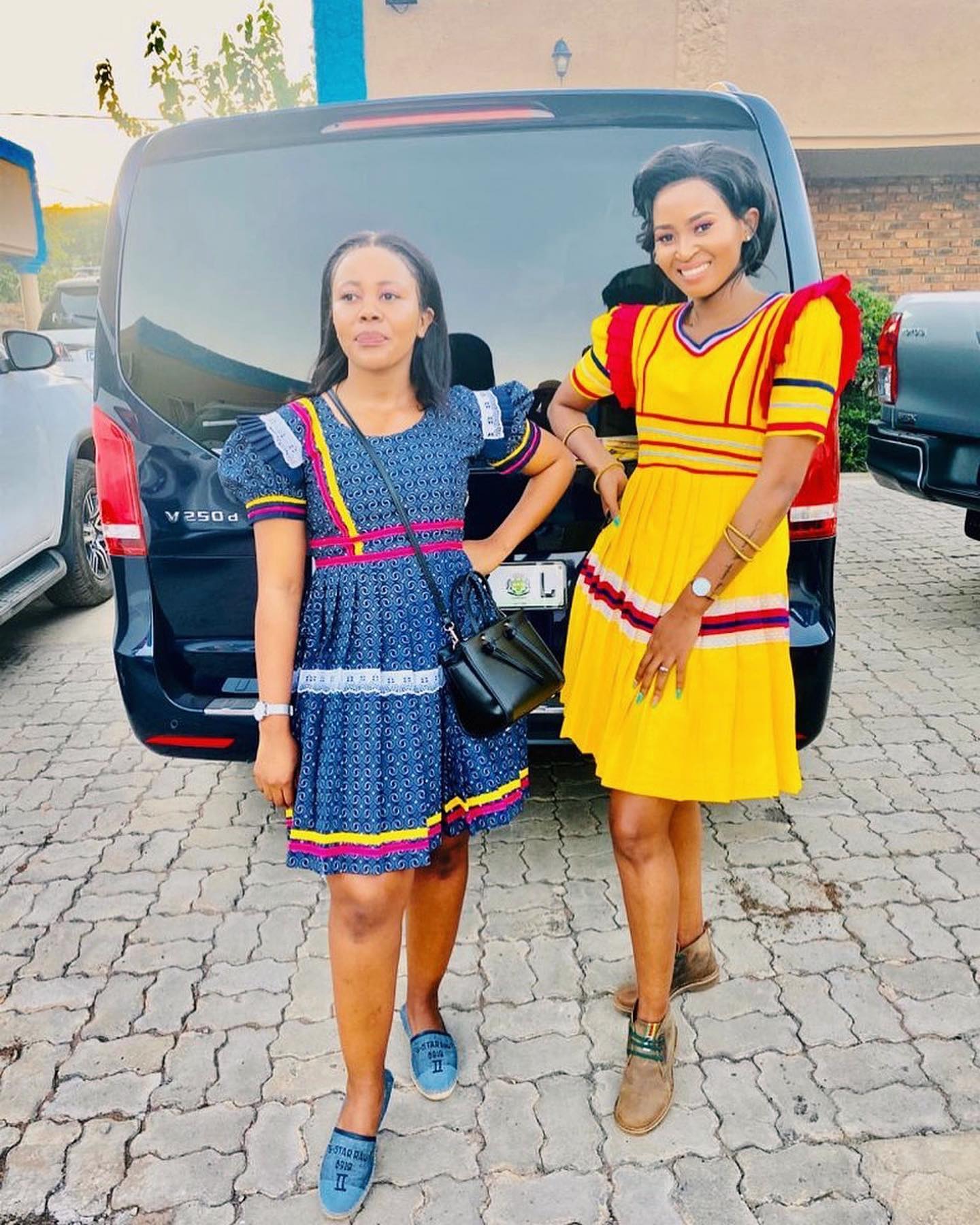
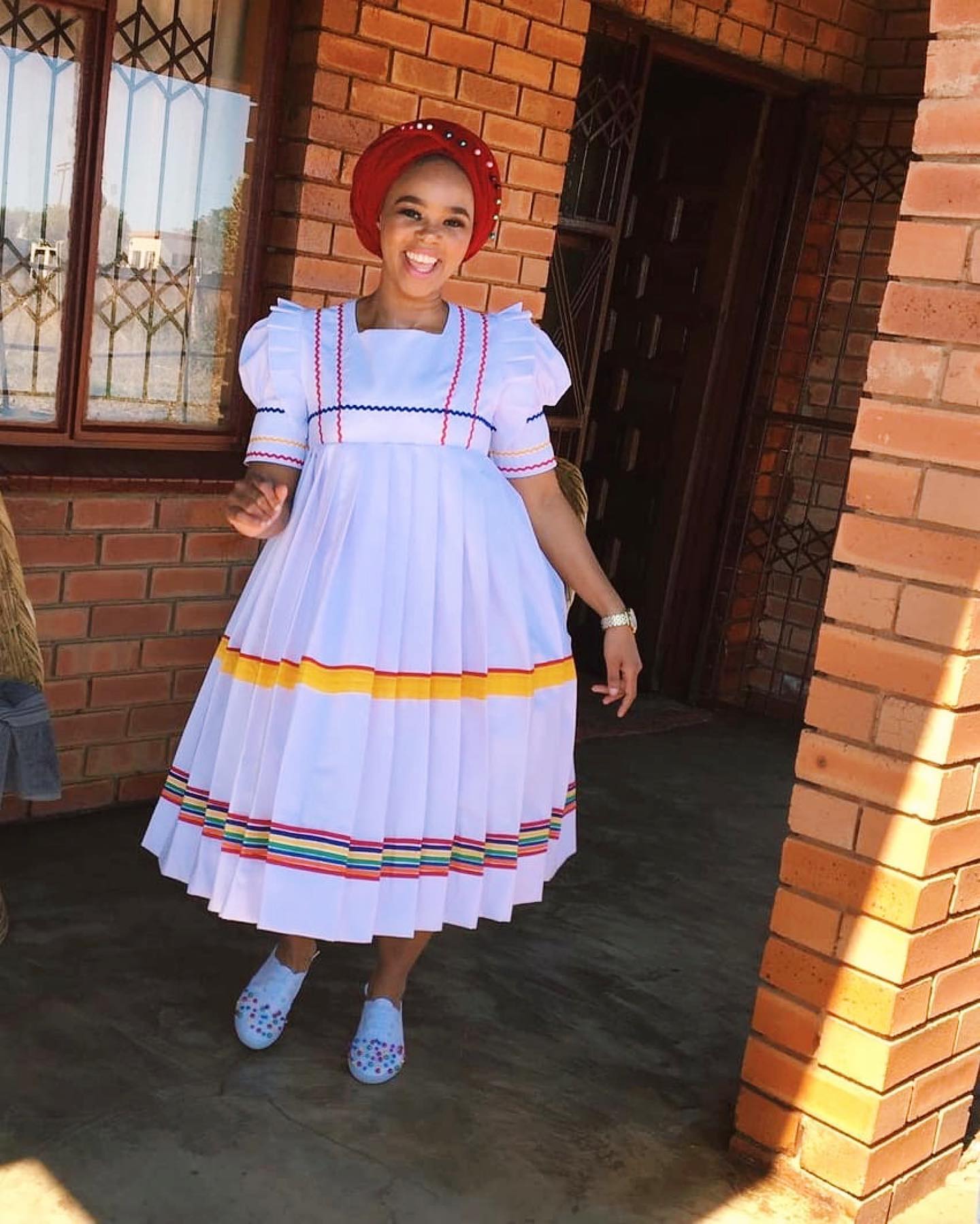
Traditional Fabrics and Adornments
Sepedi traditional dresses are often made from traditional fabrics that hold cultural significance. These fabrics feature vibrant colors and bold patterns, reflecting the vibrant spirit and traditions of the Sepedi community. Some commonly used fabrics include Shweshwe, a printed cotton fabric, and Ankara, a vibrant wax-printed fabric. In addition to fabrics, dresses may also be adorned with traditional accessories, such as cowrie shells, feathers, or metal beads, further enhancing their cultural authenticity.
Exploring the intricate designs of Sepedi traditional dresses is an opportunity to appreciate the skill and craftsmanship involved in creating these stunning garments. From the handcrafted beadwork and embroidery to the use of traditional fabrics and adornments, each element contributes to the unique beauty and cultural significance of Sepedi fashion.
Influences and Modern Adaptations
Influence of contemporary fashion on Sepedi dresses
Sepedi traditional dresses have evolved over the years to incorporate influences from contemporary fashion trends. This can be seen in the choice of colors, silhouettes, and even the incorporation of modern fabrics. While the traditional fabrics such as Shweshwe and Ankara still hold cultural significance, designers now experiment with blending these fabrics with other materials such as chiffon or lace to create a more modern and versatile look. The influence of contemporary fashion allows for the preservation of cultural heritage while also appealing to a wider audience.


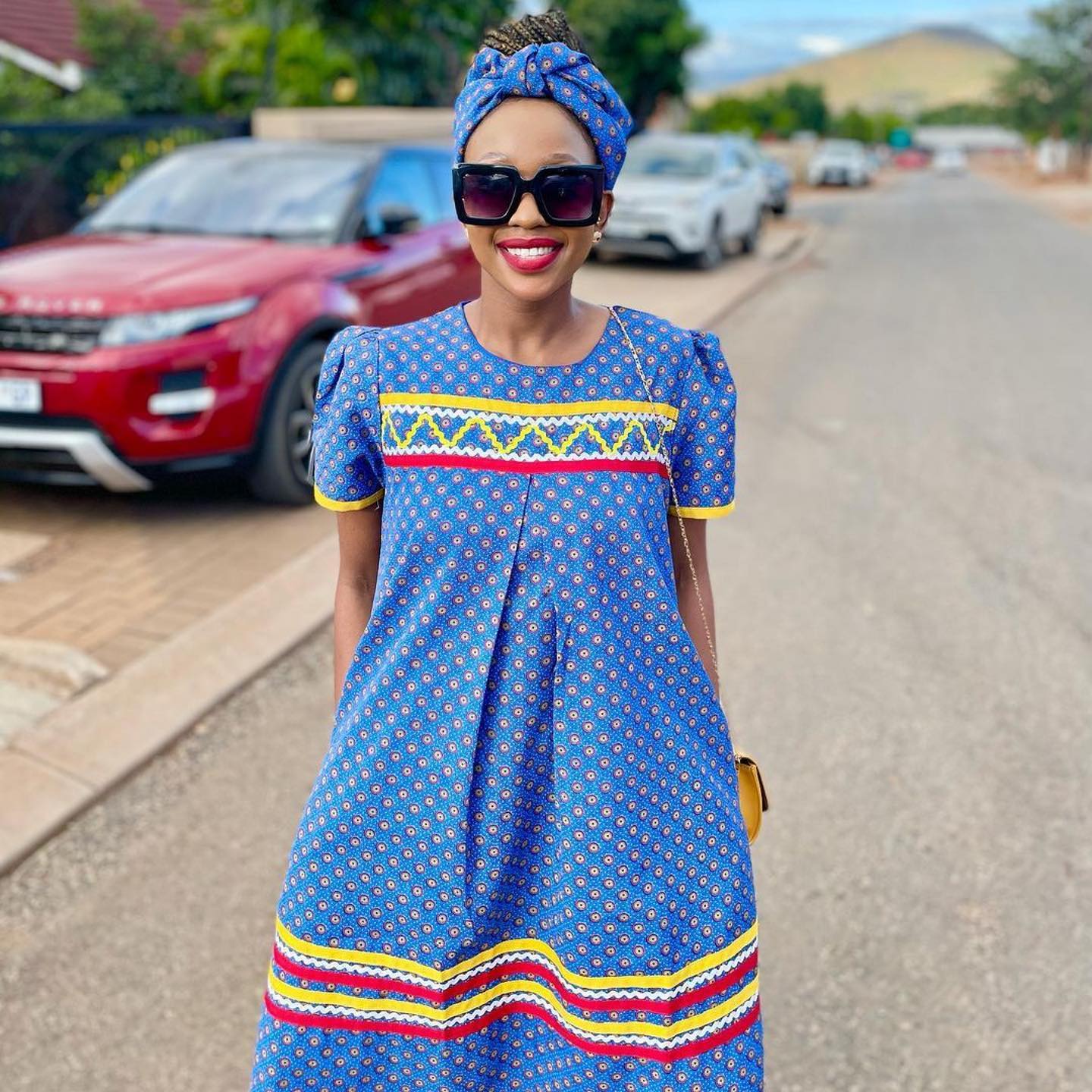
Modern interpretations and fusion with other styles
In addition to the influence of contemporary fashion, Sepedi traditional dresses have also been subject to modern interpretations and fusion with other styles. Designers have embraced the concept of fusion fashion, blending traditional designs with Western or global fashion elements. This fusion can be seen in the incorporation of Western-style cuts, embellishments, and even the use of non-traditional colors. Such adaptations allow for the celebration of cultural diversity while creating unique and innovative designs for modern wearers.
Overall, the exploration of Sepedi traditional dresses showcases the adaptability and creativity of Sepedi fashion designers. By incorporating influences from contemporary fashion and fusing traditional designs with other styles, they continue to keep the beauty and cultural significance of Sepedi dresses alive in the modern world.
















Comments are closed.